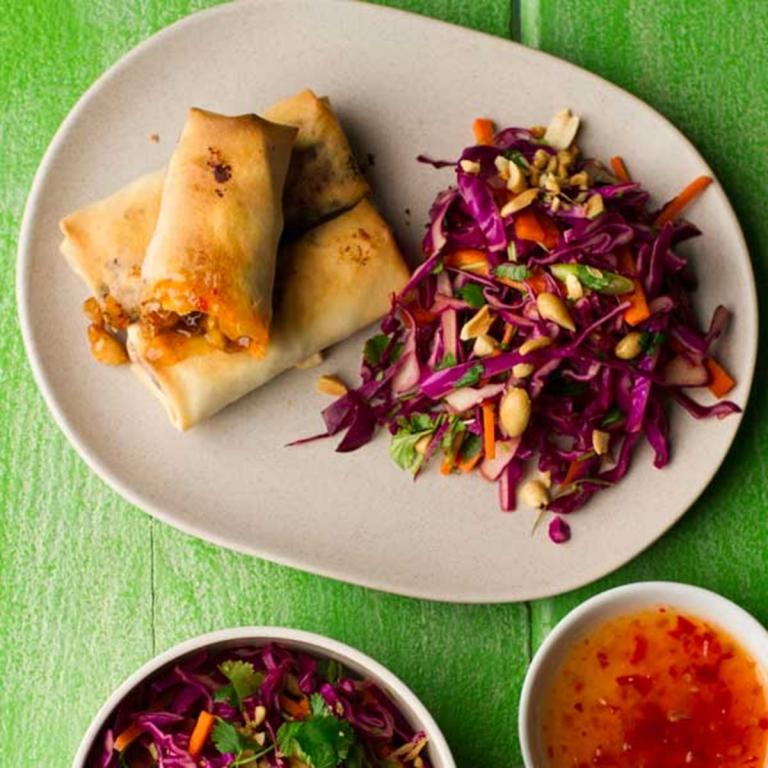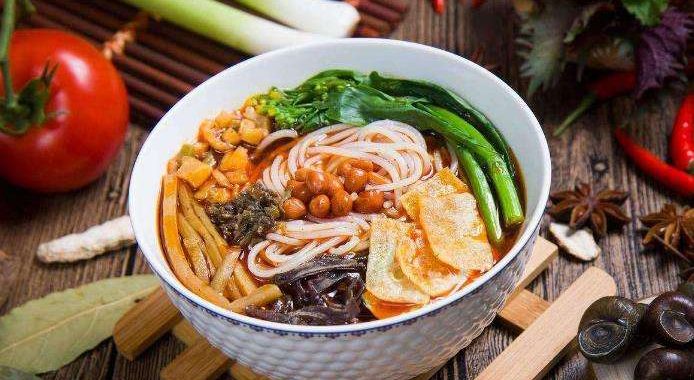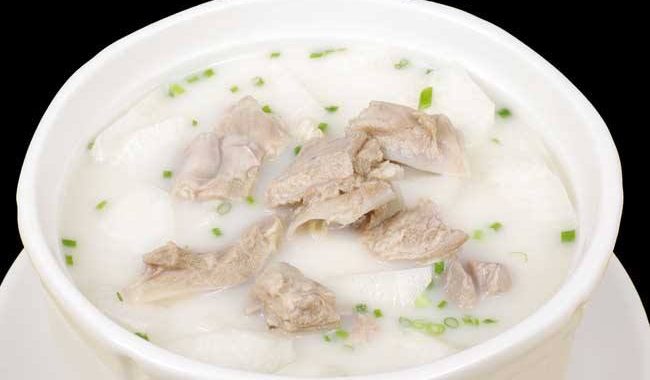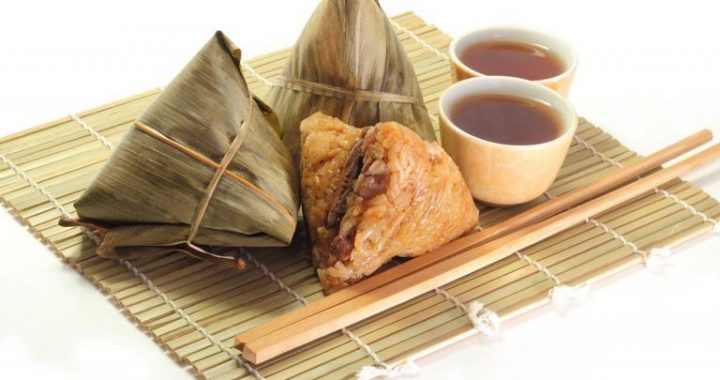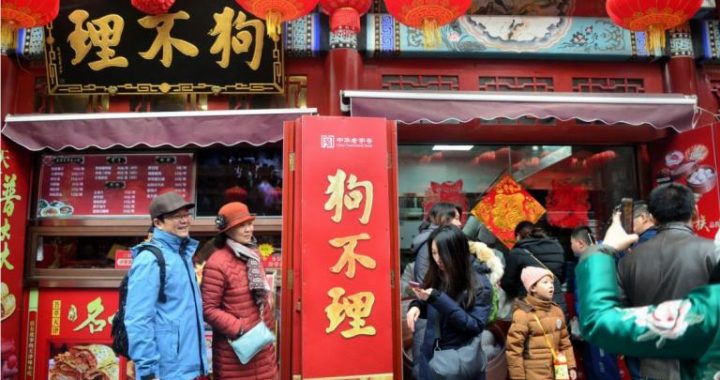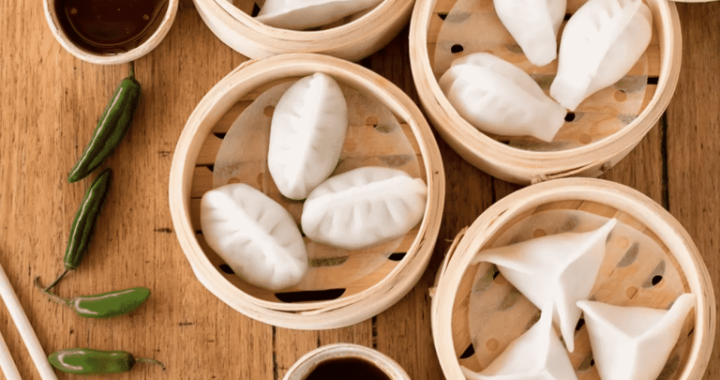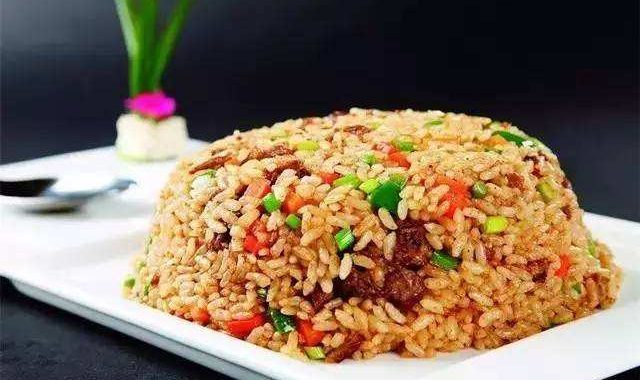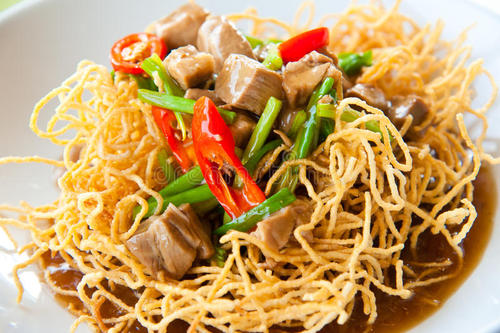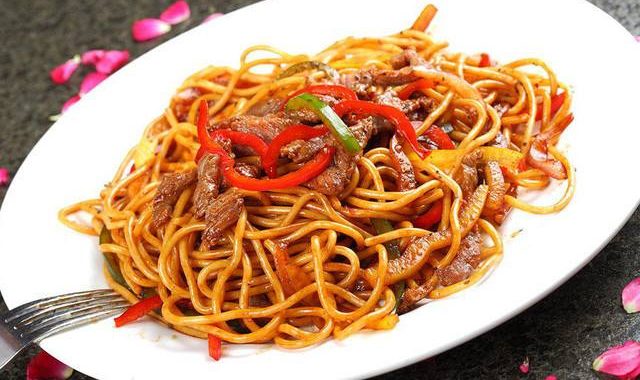When and How to Serve Chinese Pickles and Sauces
1 min readIf your insatiable lust for all things brined is equal to mine, then you know that there is no bad time for pickles of any kind. Clearly, the Chinese know it, too; Chinese pickles appear on a number of places on the menu as both appetizer and ingredient. Before a meal, they’re used to help stimulate the appetite, typically paired with wine, beer, spirits, or tea. Small dishes of pickles are set out, often with other finger snacks like flavored nuts, and guests simply help themselves as they drink and chat.
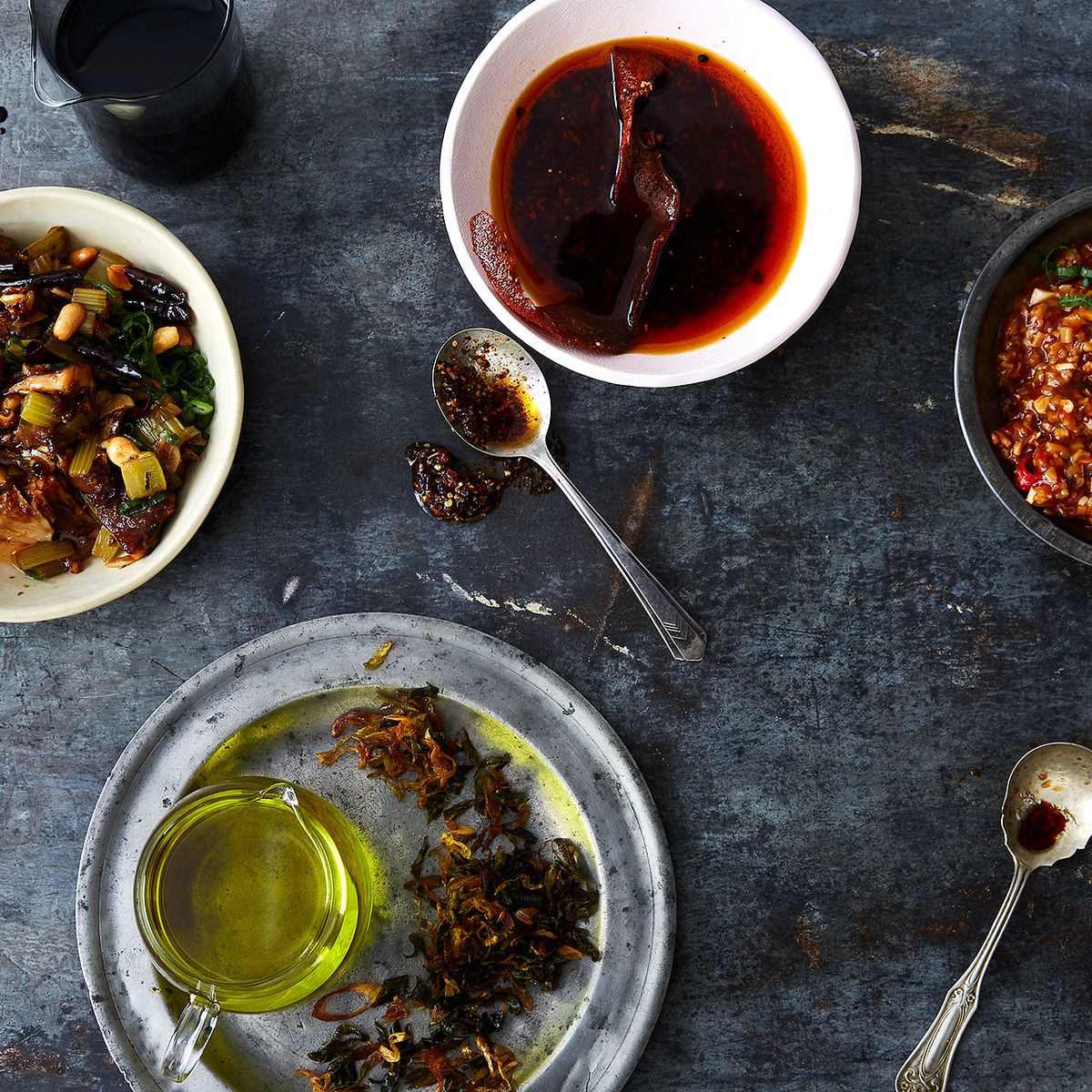
Pickles as an Ingredient. A proper Chinese meal should always contain fan—the grain, which is the heart of the meal. At one time this was usually millet, but over time it has become rice, noodles, or various breads and pancakes. Anything that tops or accompanies these grains—all your meat, tofu, fish, vegetables, sauces—is called cai (or tsai), and is a purely optional (although more flavorful) component. So tea, pickles, and a bowl of rice are more than enough for a meal. Add fresh vegetables or protein and you have a freakin’ feast—quick, delicious, and better for you than that burrito/pizza/burger you ate last Tuesday. So while we in the West usually serve one or three pickles alongside a sandwich, pickles in China are meant to be consumed in copious quantities as the flavor base of a meal (which is why my heart belongs to Chinese pickles). Myriad recipes call for some kind of preserved vegetable to flavor and enhance meat, poultry,seafood, and vegetables. Pork is often seen in the company of Preserved Mustard Greens or Tianjin Preserved Vegetable, either tossed in the wok or bubbled in soup. Spicy Blackened Sichuan Pickled Peppers or Salt-Cured Long Beans with Ginger are deeply delicious and attractive served on their own as finger foods or stir- fried with beef and cabbage. Pickled Shallots pair perfectly with tofu or fried noodles, and tropical Hong Kong Pickled Papaya, Shallots, and Cucumber are fish or chicken’s best friend. And the sauces? All of the best foods are dipped or drizzled. If you’re a fan of hot food, then you’ll always want to have Chile Sauce on hand for everything that comes out of your wok or skillet. No self-respecting dumpling or dim sum would be served without Chile–Black Bean Oil, and once you taste the pure umami luxury of XO Sauce, your fried rice or wheat noodles or stir-fried vegetables will never be the same.

Canning Jars Need Not Apply. As I mentioned a bit ago, all the recipes that follow are intended to be accessible and inviting enough to find a permanent place on your menu rotation. So, you ask, can I can them? No. First of all, why bother? These recipes don’t make quantity enough to merit bringing a canning pot to a boil. Also, many of these mild jar huggers just aren’t acidic enough for the long haul on the shelf. (There is one exception—the Five-Spice Pickled Carrots) And while many of these pickles will last for weeks, you will likely use them quickly enough, either in stir-fries or stirred into congee, to blow through your store in short order. As much as I love to wave my canning tongs around the kitchen, yours may safely be stored for another day.
